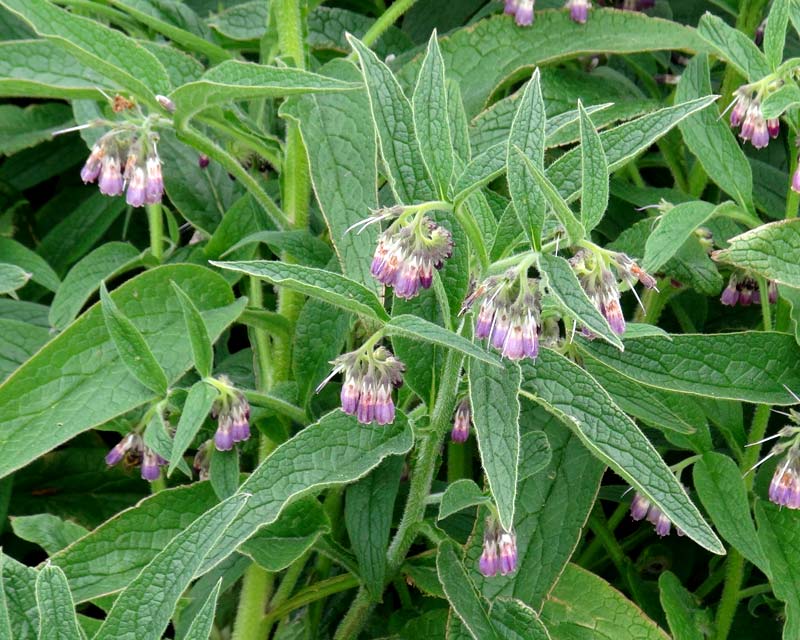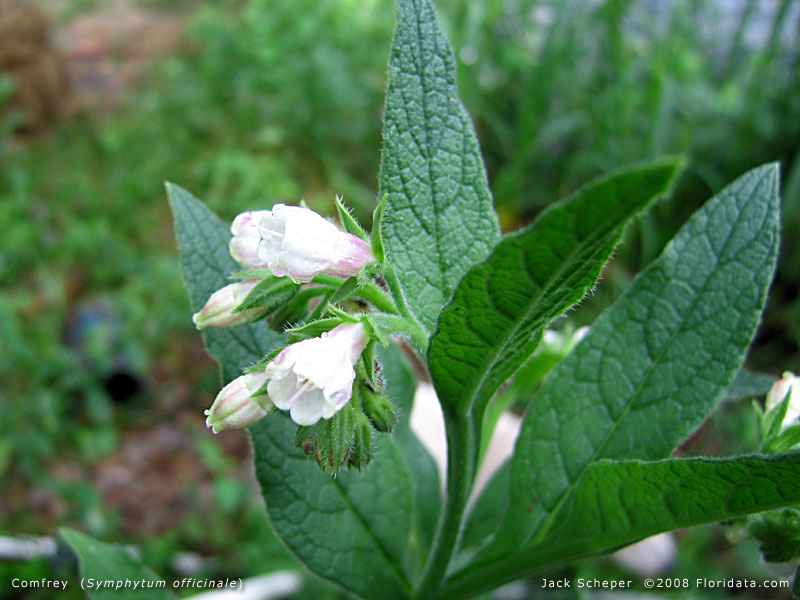

Pluripotency of mesenchymal stem cells derived from adult marrow. Jiang Y, Jahagirdar BN, Reinhardt RL, Schwartz RE, Keene CD, Ortiz-Gonzalez XR, et al. Mesenchymal stromal cells: biology of adult mesenchymal stem cells: regulation of niche, self-renewal and differentiation. Engraftment and migration of human bone marrow stromal cells implanted in the brains of albino rats-similarities to astrocyte grafts. 2013 13(1):27–30.Īzizi SA, Stokes D, Augelli BJ, DiGirolamo C, Prockop DJ. Rat bone marrow stem cells isolation and culture as a bone formative experimental system. Smajilagić A, Aljičević M, Redžić A, Filipović S, Lagumdžija AC. Bone formation in vitro by stromal cells obtained from bone marrow of young adult rats.

Administration of growth factors for bone regeneration. Yun Y-R, Jang JH, Jeon E, Kang W, Lee S, Won J-E, et al. The effect of Burns & Wounds (B&W)/burdock leaf therapy on burn-injured Amish patients: a pilot study measuring pain levels, infection rates, and healing times. 2011 15(4):718–46.Īmish Burn Study G, Kolacz NM, Jaroch MT, Bear ML, Hess RF. So, it could be considered as a safe and more cost-effective therapeutic agent for clinical treatment of bone disorders.Īrvidson K, Abdallah B, Applegate L, Baldini N, Cenni E, Gomez-Barrena E, et al. According to this finding, Symphytum officinale as a natural compound can significantly induce osteogenic differentiation of rat BM-MSCs. The results illustrated that Symphytum 6 C had the most osteogenic induction effect compare with osteogenic standard medium. In the present study, the ability of homeopathic remedy Symphytum officinale to induce osteogenic differentiation of rat bone marrow-derived mesenchymal stem cells (rat BM-MSCs) was studied.


Lay SummaryĬell therapy has been proposed as an effective treatment method for bone regeneration using stem cells and osteogenic inducting mediators. ConclusionsĪccording to this finding, Symphytum could enhance osteogenic differentiation of MSCs and can be considered as a safe, low cost, and highly effective drug for bone regeneration. Also, quantitative analyses of ALP activity revealed that Symphytum 6 C caused the most increase in the ALP activity up to 4.04 ± 0.34 and 7.86 ± 1.38 on day 7 and 21, respectively. Symphytum 6 C had the most color intensity in ALZ and ALP staining assays. MTT assay results illustrated that Symphytum 200 C had a high cytotoxicity (to about 75.2 ± 3.12), so that lower potencies were used for the next experiments. The osteogenic induction ability of Symphytum has been assessed by alizarin red staining (ALZ) and quantitative alkaline phosphatase (ALP) activity assays and compared with the osteogenic standard medium. Cytotoxic effect of Symphytum on the MSCs was evaluated by MTT assay. MSCs were isolated from the rat’s bone morrow. In the present study, the ability of homeopathic remedy Symphytum officinale to induce osteogenic differentiation of rat bone marrow-derived mesenchymal stem cells (rat BM-MSCs) was studied Methods Cell therapy has been proposed as an effective treatment method for bone regeneration using stem cells and osteogenic inducting mediators.


 0 kommentar(er)
0 kommentar(er)
